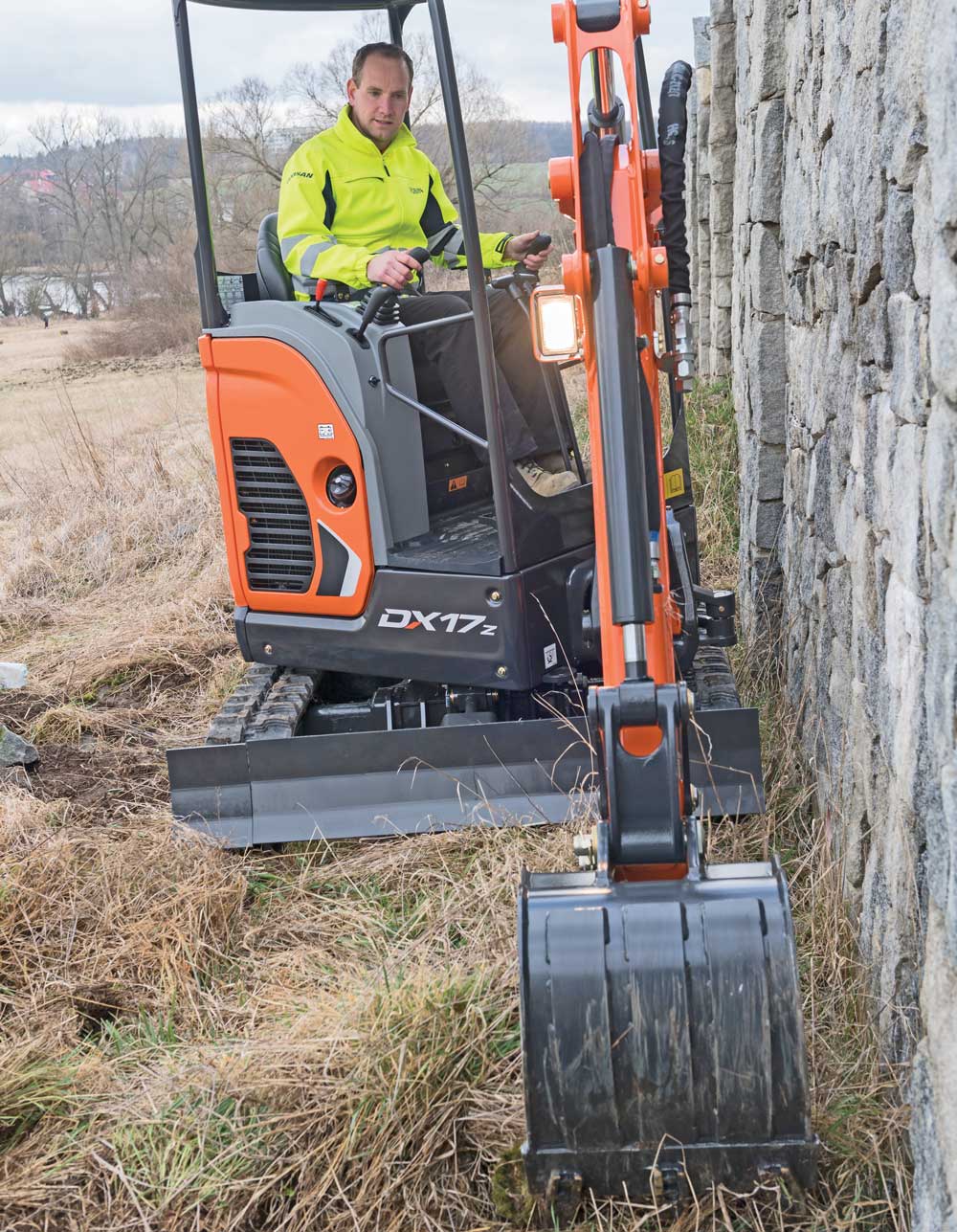Why Contractors Are Looking at Electric Equipment for the Future – See where electric energy is heading in the construction industry
Electric energy is where the future lies for many industries. The definition of electric or what is known as “green” energy is broad. For the construction industry, using green energy can lead to fewer products manufactured with fossil fuel energy.
In recent years, there has been an effort within the construction industry to produce fewer emissions from heavy and compact earthmoving equipment. These changes have resulted in less toxic gases, along with a lower reliance on after-treatment devices and systems.
How far away are we from the construction industry being fully electric? It’s hard to say. However, as the years go on, industry advancements continue to be made, signaling that the future of construction equipment, including crawler, wheel and mini excavators, may indeed be electric-powered.
The Push for Change
In recent years steps have been taken for us to take better care of the Earth. In the construction industry, this effort has manifested into companies trying to use more renewable energy, such as electrical power, over fossil fuels.
“Concern for the safety of contractors has also led companies to develop more zero-emission equipment,” says Aaron Kleingartner, product and dealer marketing manager, Doosan Infracore North America. “With emissions in the air, operating a machine in a confined, enclosed space can be detrimental to the operator’s health or safety. Instead of putting themselves at potential risk, many operators choose to use hand labor over machinery, which affects the timeliness of jobs. Running a machine with green energy or zero emissions can help contractors maintain their typical work practices without worrying about their health or safety.”
Within the last 20 years, technology has made advancements when it comes to electric motors and, more specifically, in storage capability. If a manufacturer can store enough electricity to power a machine, they can now design an electric-powered system that provides the same level of performance as a similarly sized diesel-powered machine. In this case, more contractors may be interested in the electric option.
What’s on the Horizon
In the last eight to 10 years, companies made plans for electric machines and materials in their midterm and long-range forecasts. In the past year, we have seen some of these new electric machines.
“Several equipment manufacturers displayed prototypes or first-generation electric-powered machines during CONEXPO-CON/AGG 2020, specifically mini excavators,” Kleingartner says. “You may ask, why compact equipment? As mentioned earlier, the greatest need for zero-emissions equipment is often indoors or in confined areas, which lends itself best to smaller equipment.”
Additionally, when looking at the machine’s components, whether it be the battery or the motor, the hybrid or green technology is better suited to smaller equipment.
“The larger the equipment, the larger the components where electrical storage capacity can be a barrier,” Kleingartner says. “This early in the process, it is logical for manufacturers to begin making the electric transition with smaller equipment first.”
The goal of manufacturers is to build productive, yet efficient electric machines. To simplify the transition, the electric iterations need to be as similar to diesel machines as possible. In the electric-powered prototypes at CONEXPO-CON/AGG 2020, attendees saw this become a reality. For example, an electric-powered mini excavator proved to be equivalent to its diesel-powered model companion, specifically with such performance perspectives as lift capacity, breakout force and swing torque.
What Lies Ahead?
There are many possibilities for electric power. One of the most exciting lies in autonomous operation. Testing has shown that some machines can one day operate autonomously. If a machine could self-charge and continue to work without the need for a human interface or the need for a human to fuel the machine, there could be a 24-hour workday on the horizon.
“In the next five to 10 years, it will be possible for customers to choose between a diesel and an electric-powered mini or compact excavator,” Kleingartner says. “For some companies, that is a reality today.”
When considering diesel as a power source, it’s important to remember that diesel prices are not the same everywhere. Diesel prices tend to be lower in North America, so you may see the North American market adapt more slowly to the electric option than other parts of the world.
No matter where the construction industry goes, innovation is rapid. Don’t be afraid to reach out to your equipment dealer and ask how their products are evolving. You might be surprised to hear just how much change is on the horizon.
Tags: Electric Equipment, March/April 2022 Print IssueRachel Ori is a Strategic Communications Specialist at Two Rivers Marketing, Des Moines, Iowa. It was written on behalf of Doosan Infracore North America, Suwanee, Georgia.






